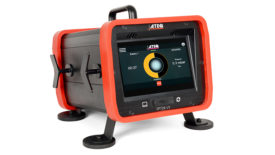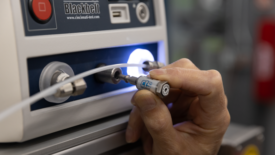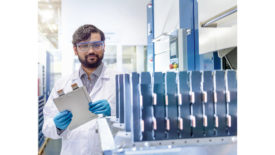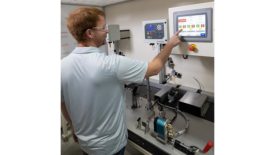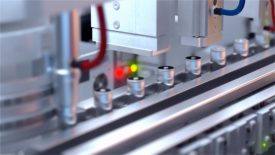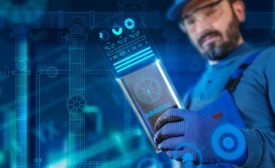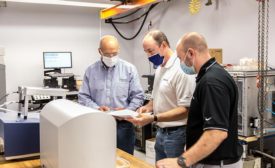Home » Keywords: » leak testing
Items Tagged with 'leak testing'
ARTICLES
Test & Inspection
Why zero drift occurs and ways to mitigate or even eliminate it.
Read More
NDT | Leak Test
Two-Point Calibration: The Key to an Accurate, Repeatable Leak Test
How single-point calibration falls short in pressure and vacuum decay leak test calibration.
January 10, 2024
NDT | Leak Testing
Leak Detection’s Crucial Role in Li-ion Traction Battery Production
Manufacturers that routinely challenge their leak tightness testing process will consistently produce products with reliable performance, battery longevity and safety.
January 9, 2024
Leak Testing
The Rise of Differential Pressure (DP) Decay Leak Testing in North America
What is DP and how are manufacturers using this test method to achieve better resolution and quicker cycle times?
July 6, 2023
NDT | Leak Testing
Race to Mobility Sharpens Focus on Leak Testing for Li-ion Batteries and Hydrogen Fuel Cells
There are thousands of places where a battery pack or fuel cell pack can leak.
June 13, 2023
Aerospace | Leak Testing
The How’s and Why’s of Leak Testing
In the aerospace field, old leak testing methods are replaced to improve efficiency and minimize time on the ground.
July 8, 2022
Aerospace | Back 2 Basics
Leak Test 101: The Basics Rule, No Matter How Much Technology Evolves
These best practices are relevant whether the right leak test for your application is pressure/vacuum decay, mass flow, or tracer gas.
July 15, 2021
NDT | Leak Testing
E-Mobility Gives Automakers a Host of Leak Detection Challenges
EV battery cells, battery packs, electric motors and other systems modified for EV applications all require leak testing to assure both quality and safety.
June 9, 2021
Standardized Leak Testing for Lithium-Ion Battery Cells
It is Essential for Automakers.
January 6, 2021
NDT Leak Testing
Supply, Demand and Cost: Don’t Let That Helium Just Drift Away at the End of a Leak Test
How can you make the most of this increasingly precious commodity for your critical quality assurance needs?
August 5, 2020
Get our new eMagazine delivered to your inbox every month.
Stay in the know with Quality’s comprehensive coverage of the manufacturing and metrology industries.
SIGN UP TODAY!Copyright ©2024. All Rights Reserved BNP Media.
Design, CMS, Hosting & Web Development :: ePublishing
